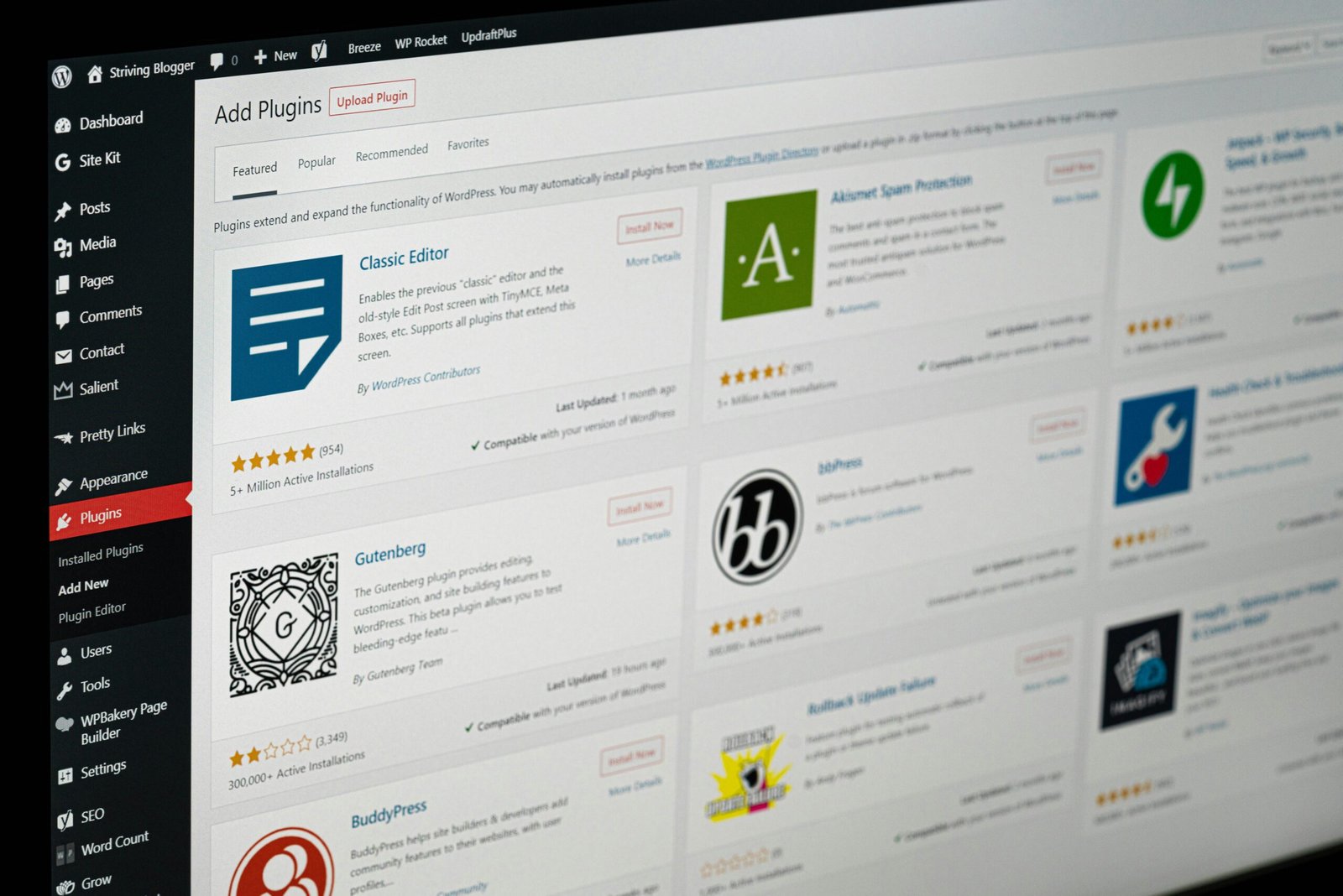DevOps and Agile: Modern Approaches to Software Development
Introduction
You have to be ahead in the constantly changing landscape of software development. New methodologies have brought changes to the world of the software development, testing, and delivery process. These boost the efficiency in the said approach and thus improve the quality of the product delivered, automatically resulting in the smiles of customer satisfaction. In this blog, we converse on Agile and DevOps, their principles, the ensuing benefits, and how these methodologies are put into practice to change any software development process for the better.
Understanding Agile
What is Agile?
Agile is a software development methodology followed in an iteration-based approach, emphasizing flexibility, collaboration, and customer access to feedback. Unlike traditional methods, Agile breaks down a project into small manageable units known as iterations or sprints. Here, therefore, a team brings an incremental portion of functional software quickly and can vary their approach at will.
Principles and Values
Now, the Agile Manifesto provides four main principles:
1. Individuals and interactions over processes and tools
2. Working software over comprehensive documentation.
3. Customer collaboration over contract negotiation.
4. Responding to change over following a plan.
To make these values a reality, the following 12 principles are supported. Early and continuous delivery of valuable software, welcoming changing requirements are some of the twelve.
Benefits of Agile Methodology in software development
1. Enhanced Flexibility: Agile supports any changes or adaptive actions to the given requirements and the market needs.
2. Improved Collaboration: Collaborates with meetings, feedbacks, and other processes which will take place regularly increases better communication among the team members and also with stakeholders.
3. Improves Quality: Defects are detected earlier in the life-cycle, hence more quality software is developed due to it being put through continuous testing and integration.
4. Customer Satisfaction: Customer remain satisfied when they are engaged during the development phases since they are sure to receive the desired product at the end of development.
What is DevOps
DevOps Meaning
DevOps comprises a group of practices that connect software development (Dev) and IT operations (Ops). It aims at shortening the system development life cycle and providing continuous delivery with high software quality. Automation, continuous integration, and constant deployment are great emphasis areas in DevOps.
Key Elements
- Continuous Integration (CI): At an incredibly high frequency, developers integrate their code into a shared repository, initiating builds and automated tests.
2. Continuous Delivery (CD): Code changes are automatically built, tested, and ready for release at any point into production.
3. Infrastructure as Code (IaC): Managing and provisioning computing infrastructure through machine-readable scripts.
4. Monitoring and Logging: Continuous monitoring of applications and infrastructure to define issues and help improve performance.
Benefits of DevOps Implementation in Software Development
- Time to Market Is Improved: Automated processes empower quicker release of new capabilities and bug fixing.
- Improved Collaboration: DevOps fosters an environment of collaboration where both development and operations teams can work together.
- Higher Quality: Continuous testing and monitoring provide software with dependability and stability.
- Increased Efficiency: There is little to no manual work done, as everything is automated, providing more time for innovation.
Agile vs. DevOps
Difference between the two
Although both are processes for effective and efficient software development, they have an approach from a different direction or phase:
Agile: Puts a lot of emphasis on the development phase, with the major focus on continuous improvement and the feedback of clients.
DevOps: Encompasses the software delivery life cycle, where the major focus goes to automation and a good relationship between the development and operations teams.
How They Complement Each Other
Agile and DevOps do not stand against one another; rather, they complement each other pretty well. While Agile embodies a framework that involves iterative development, DevOps ensures that these very iterations can be delivered fast and repeatedly. Both together establish a smooth and efficient pipeline from development to deployment.
Some Real-World Examples of Integration
Leading companies around the globe have successfully implemented both in their daily operations. For instance, Amazon leverages Agile for an exciting pace in development and DevOps for continuous delivery, with the ability to roll out thousands of updates daily.
Implementing Together
Executing the Integration of Agile and DevOps While Implementing the Same
- Evaluate Existing Processes: The starting point where you start determining areas that need improvement and also define goals that are achievable.
- Develop a Collaborative Culture: Encouraging communication and collaboration between Dev, Ops, and all other stakeholders.
- Agile Practices: Iterative development, regular feedback loops, customer involvement.
- DevOps Tools: CI/CD, IaC, and monitoring tools.
- Continuous Improvement of Processes: Processes are to be reviewed and refined continuously for efficiency and quality.
Best Practices for Successful Integration
- Small Starts: One should always begin with any practices on a pilot project. This would give enough ground clearance to test Agile and DevOps practices.
- Training Investment: All team members need to know principles and tools of the two.
- High-focus On Collaboration: Do away with silos and develop cross-functional teams.
- Use Metrics: One can use KPIs to measure the critical success points and scope for improvement.
Tools and Technologies Supporting both
There is an arsenal of tools and technologies which empower both, such as :
- JIRA : Agile Project management
- Jenkins : CI/CD
- Terraform : Infrastructure as code
- Nagios : Monitoring and Logging
Challenges and Solutions
Common Challenges in Adopting
- Changing the Resistance in Teams: The new practices could be resisted.
- Skilled Personnel: Skilled people with experience are required to successfully implement both.
- Tool Integration: The different tools brought together are quite tough to make them working in a seamless manner.
How to Deal with This Challenge
- Leadership Support: This will help propagate Agile and DevOps across the organization.
- Training and Cross-skilling: Cross-skilling the different team members.
- Phased Implementation Approach for a gradual roll-out to get the teams in tune
Case Studies
Case Studies on Companies Where both Have Been Applied Successfully
- Netflix: Practices DevOps with a goal of rapid deployment and high availability.
- Spotify: Combines Agile with DevOps to create better collaboration with ability to deliver features faster.
Key Insights from the Case Studies
- Automation is paramount: Automating repetitive tasks ensures efficiency—limiting mistakes.
- Collaboration is a must: Good communication among teams ensures better outcomes.
Future Trends
Upcoming Trends
- AI And Machine Learning : AI-based tools to provide predictive analytics and automated testing.
- Serverless Computing : Reducing infrastructure management efforts.
- GitOps: Git repositories act as the source of truth.
Predictions on the Future of Software Development
- More Automation: There will be more dependency on AI tools and Machine Learning for automation.
- Security: Security practices would get integrated with the DevOps pipeline, which will be termed as DevSecOps.
Conclusion
Agile and DevOps are changing the landscape of software development in improved flexibility, efficiency, and collaboration. Organizations adopting these modern approaches in the software development realm will be capable of delivering software with great quality at a faster pace and with higher certainty. The future of software development is in the truly integrated practice of Agile and DevOps, emerging technology, and continuous learning. Doing so opens your business to a world of possibilities that not only give you a competitive edge but allows you to stay in the market, relishing the agility to evolve demands.







